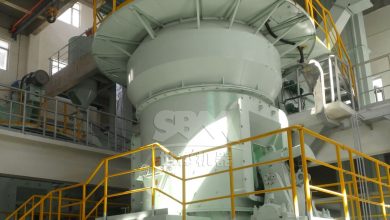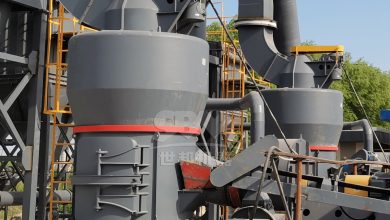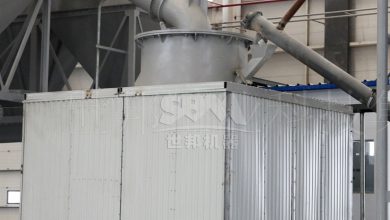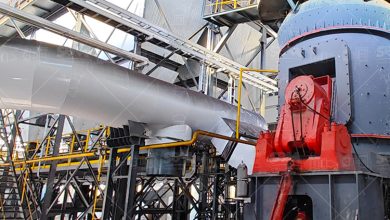How to Calculate the Production Capacity of a Limestone Grinding Mill
Introduction
Calculating the production capacity of a limestone grinding mill is essential for optimizing operational efficiency and ensuring cost-effectiveness in mineral processing plants. This article provides a comprehensive methodology for capacity calculation, along with technical insights into advanced grinding solutions from ZENITH, a leading Chinese mining machinery manufacturer with over 30 years of industry expertise.
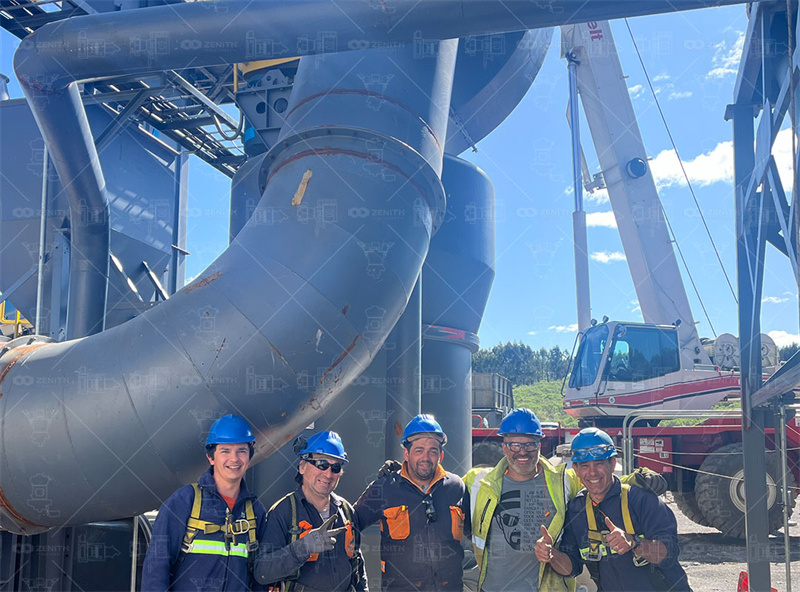
Key Factors Affecting Production Capacity
Several critical parameters influence the output of a limestone grinding mill:
- Feed Material Characteristics: Hardness (Mohs scale), moisture content, and input size (typically ≤50mm for most mills)
- Mill Specifications: Grinding mechanism, power consumption, and classification efficiency
- Operational Parameters: Rotation speed, grinding pressure, and airflow rate
- Desired Product Fineness: Ranging from coarse (45μm) to ultra-fine (5μm) powders
Step-by-Step Calculation Methodology
1. Theoretical Capacity Formula
The basic production capacity (Q) can be estimated using:
Q = 60 × C × b × v × n × η
Where:
C = Grinding roller width coefficient (0.85-1.15)
b = Grinding roller width (m)
v = Grinding roller circumferential speed (m/s)
n = Number of grinding rollers
η = Comprehensive efficiency factor (0.6-0.9)
2. Practical Correction Factors
Adjust the theoretical value by considering:
- Material Work Index (Wi): Bond ball mill grindability test results
- Moisture Correction: Typically 0.92-1.08 multiplier for 1-8% moisture
- Circulating Load: 150-250% for closed-circuit systems
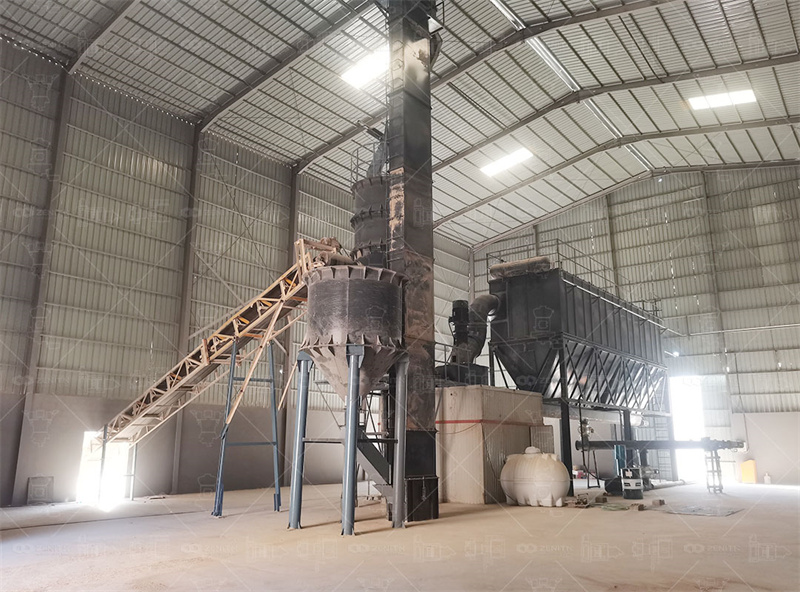
ZENITH’s Recommended Solutions
1. MTW Series Trapezium Mill
For medium-scale limestone processing (3-45 ton/h), the MTW215G model offers:
- 50mm max feed size with 10-325 mesh output
- 280kW main motor power with 315kW fan motor
- Conical gear transmission (98% efficiency)
- Curved air duct design reducing energy loss
2. XZM Ultrafine Mill
For superfine limestone powder production (0.5-25 ton/h at 325-2500 mesh), the XZM268 model features:
- Vertical turbine classifier for precise particle separation
- 315kW main motor with ≤75dB noise level
- Special alloy grinding rollers with 3x lifespan
- Pulse dust collection system exceeding international standards
Case Study: Capacity Optimization
A Malaysian customer achieved 22.5 ton/h output with ZENITH’s MTM160 mill by:
- Reducing feed moisture from 6% to 3.5%
- Optimizing classifier speed to 82rpm
- Implementing automatic pressure adjustment
This resulted in 18% energy savings while maintaining 325-mesh product quality.
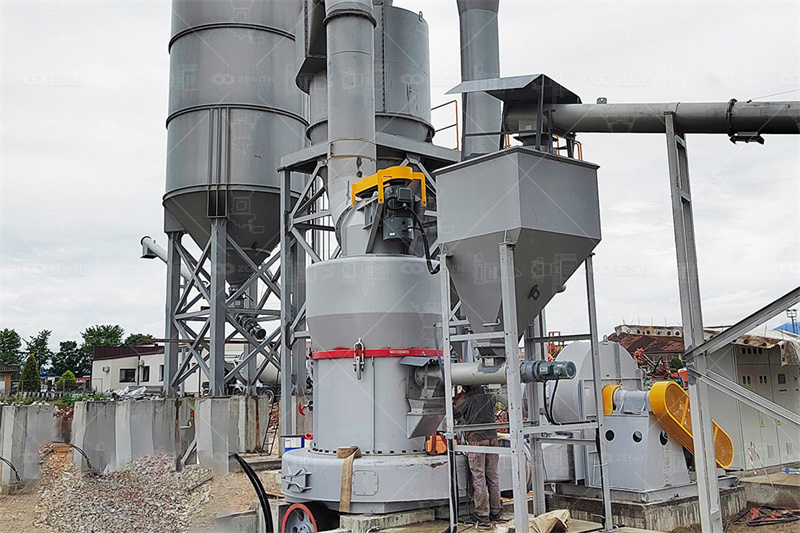
Conclusion
Accurate production capacity calculation requires both theoretical formulas and practical adjustments. ZENITH’s grinding mills, backed by 30+ years of R&D and global service network, provide reliable solutions tailored to limestone processing needs. Our engineers are available for customized capacity assessments and system optimization.


